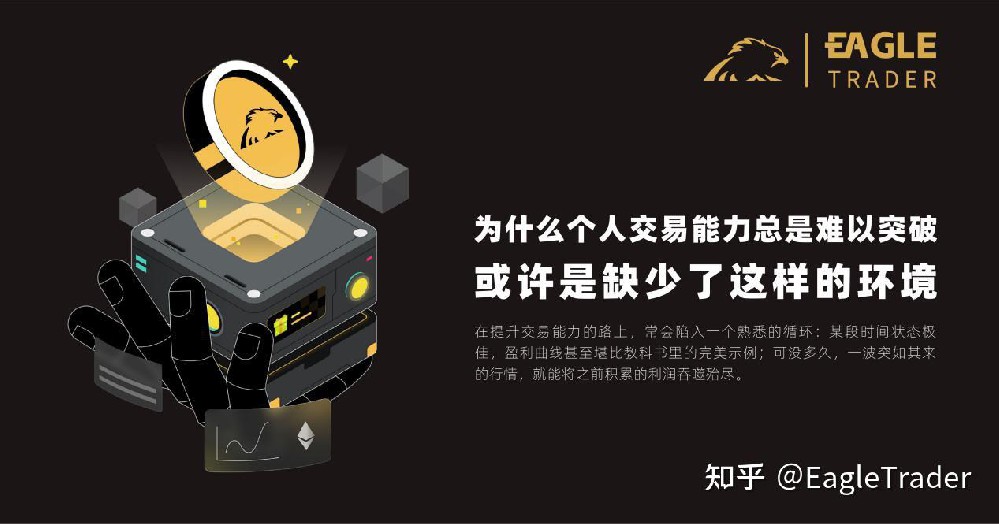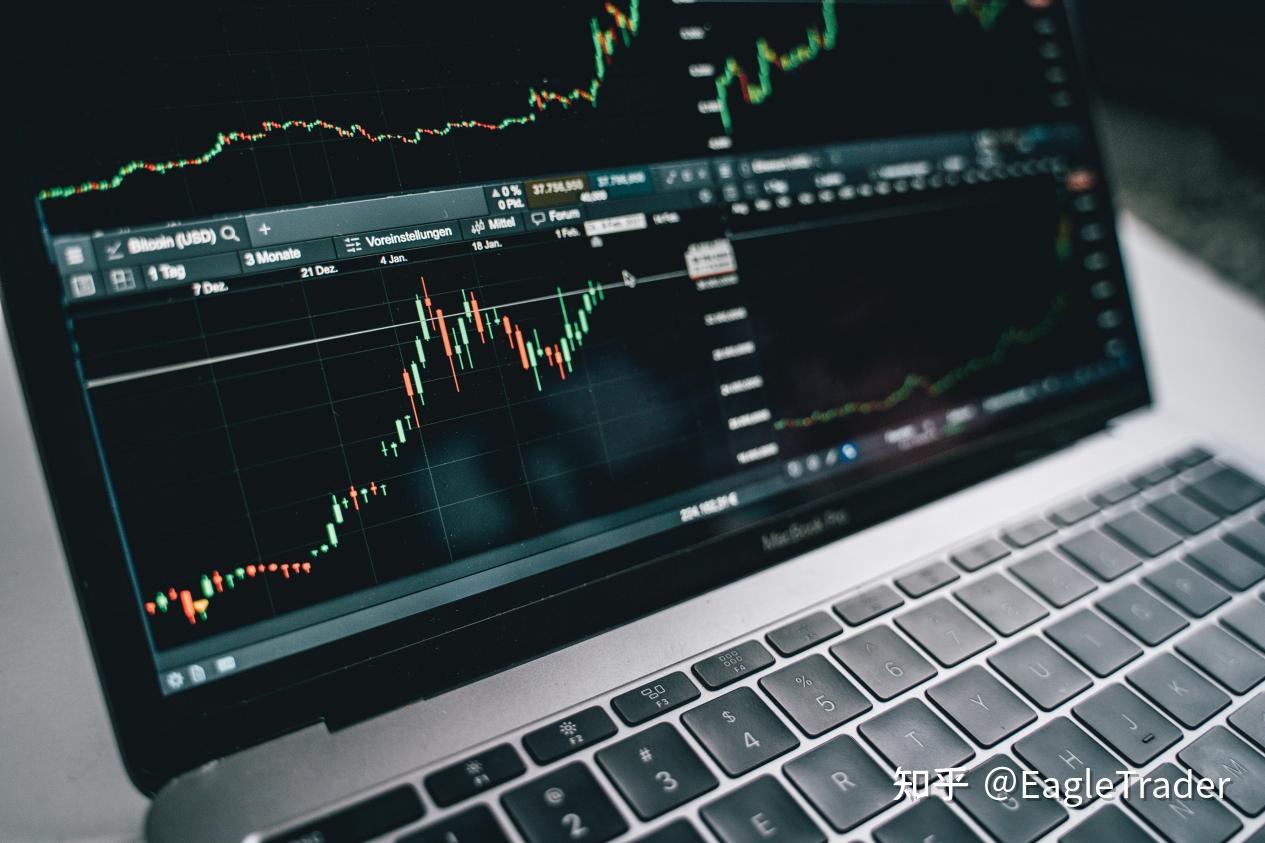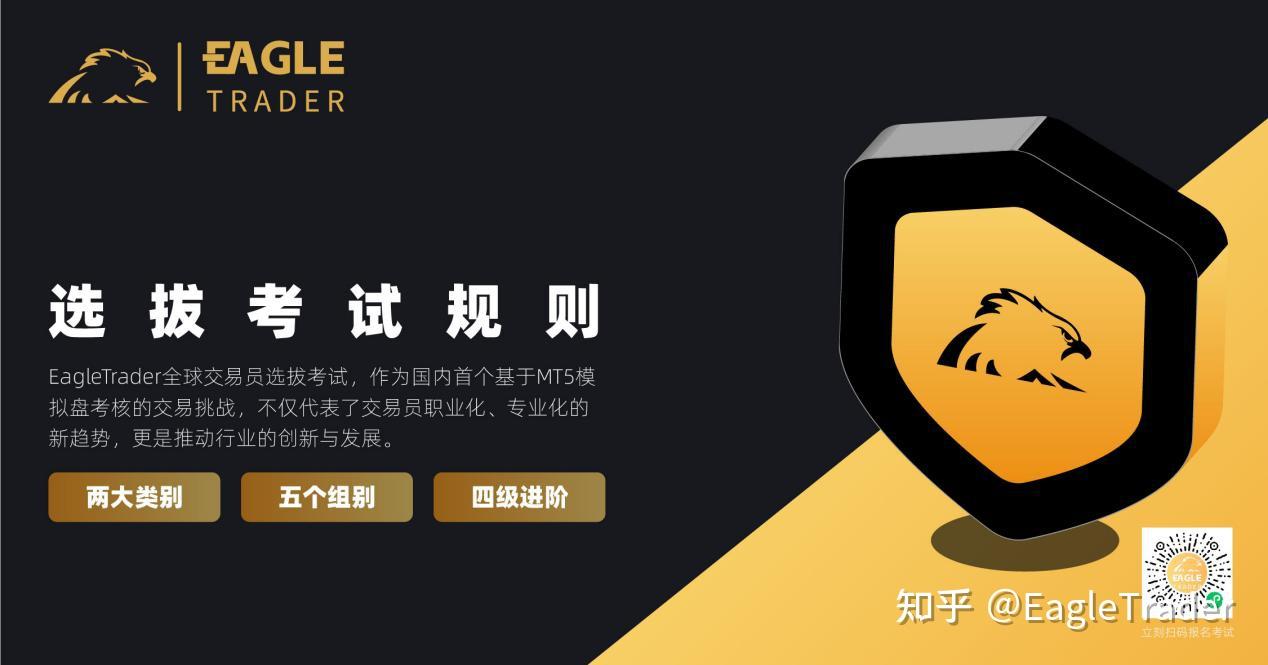Why is it always difficult to break through personal trading capabilities? Perhaps it is because of the lack of such an environment
- 2025年8月20日
- Posted by: Eagletrader
- Category: News
Whether a novice or a trader with many years of experience, they often fall into a familiar cycle on the road to improving their trading capabilities:
After a certain period of time, the profit curve is even comparable to the perfect example in textbooks; but not long after, a sudden market situation can swallow up all the profits accumulated before.
After reviewing, I found that the problem is not the strategic thinking, but the fact that there are still loopholes in the details of execution discipline, risk control and psychological pressure.
This situation is not an occasional case, but an obstacle that most individual traders will encounter repeatedly during their growth.

The hidden dilemma of improving trading capabilities
Many traders choose to start with simulated trading. At first, with less pressure on capital losses, your hands will be more stable and your mind will be calmer. However, as time goes by, the lack of risk control rules and performance tracking environment can easily make people lose constraints – operations such as increasing positions, heavy positions, and desperate bets are common. Over time, once this habit is brought into the real market, the gap between psychological pressure and fund management will immediately appear.
Some people prefer short-term sprints to verify strategies. Profits in just a few days or even weeks will make people feel that they are “mature in the method”. However, a wave of unexpected markets can clear the results and make people return to the starting point. Without a stable and sustainable training cycle, it is difficult for strategies to settle into true competitiveness.
What’s even more difficult is that independent trading means you are your only referee. Many habitual mistakes – excessive increase in positions, hesitation in stop loss, excessive betting on one side – may not be seen on the books for a while, but they are like undercurrents, enough to overturn the entire ship at critical moments. Without third-party supervision and data analysis, these hidden risks often have to wait until irreversible losses occur before being forced to face them.

“Pass exam” is just the beginning
At EagleTrader, our self-operated trading exam is not a one-time selection, but a long-term professional development channel for them.
Traders who pass the exam can not only obtain the platformThe simulated fund account provided can better enter a professional trading ecosystem – including transaction technical guidance, risk control supervision, data risk reminders, and career opportunities provided by the platform.
This model means that traders no longer fight in isolation, but can optimize trading strategies, improve stability through continuous feedback and resource support, and gradually move towards a trading stage with higher capital scale.
Growth brought by professional ecology
In the trading ecology of EagleTrader, traders will receive multi-level support:
Technical guidance: Strategy optimization advice is provided by experienced professional risk control teams to help traders adjust their trading ideas after the exam.
Risk control supervision: The platform monitors the account risk status in real time, promptly reminds of potential drawdown risks, and prevents one-time mistakes from causing major losses.
Data analysis and feedback: Trading data is refined into traceable performance indicators to help traders clearly understand their own strengths and weaknesses.
Professional Opportunities: Excellent traders can not only obtain profit sharing with up to 90% of their account profits, but are also likely to enter the platform’s key incubation list and obtain higher-scale accounts and professional positions.

Why is EagleTrader?
Compared with the traditional self-operated trading model, EagleTrader lowers the fund threshold – traders can use simulated funds from the platform to conduct transaction assessment without investing personal funds.
For traders with limited funds but trading capabilities, this is both an opportunity to control risks and a practical shortcut to professional traders.
Here, the “exam” is just a stepping stone, and the real value lies in entering a professional trader ecosystem that can continue to learn, improve, and obtain feedback and resources.
The charm of the market lies in infinite possibilities, but the cruelty lies in uncertainty.
For traders, constantly improving their self-ability is the only way to survive.
When you are stuck in a bottleneck and have difficulty finding trading shortcomings alone, you might as well try a self-operated trading exam – test yourself with a small cost and see how far you can go.
